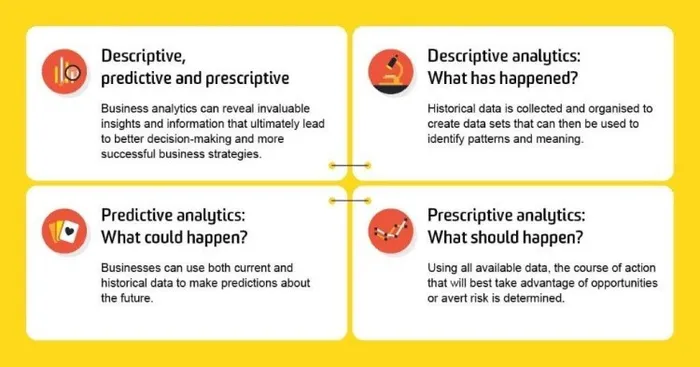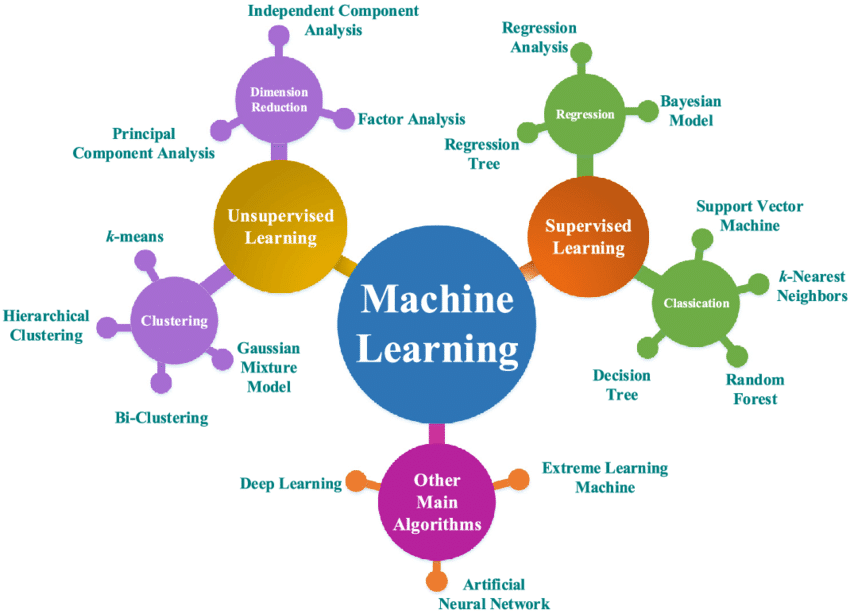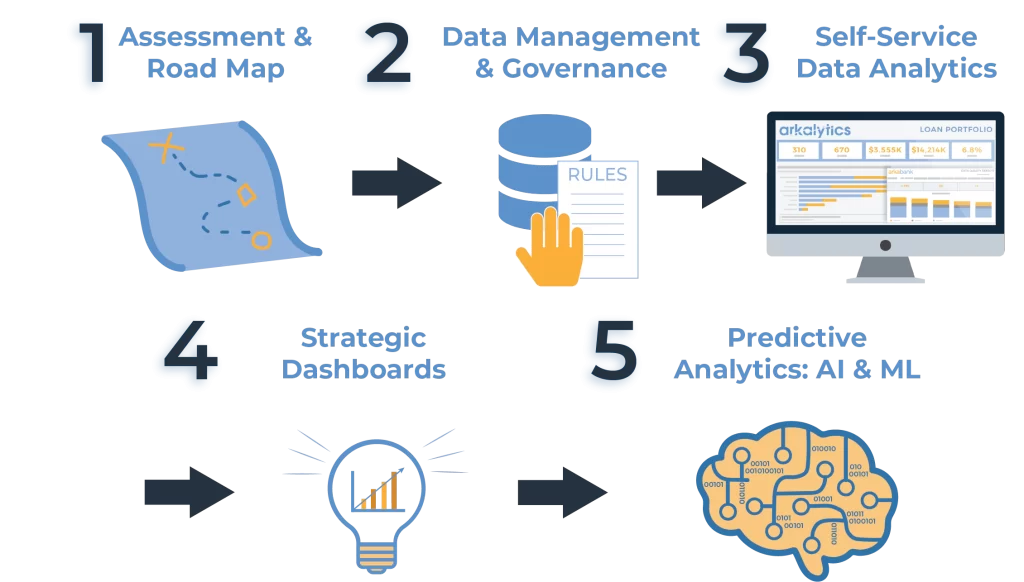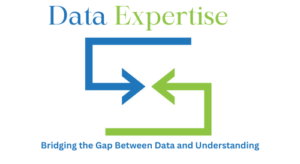In today’s fast-paced business landscape, the ability to harness data for actionable insights is more critical than ever. While traditional data analysis provides a foundation, organizations are increasingly turning to advanced data analytics techniques to uncover hidden patterns, predict future trends, and make data-driven decisions that can significantly impact their success. In this comprehensive guide, we will explore the world of advanced data analytics, delving into various techniques, real-world applications, benefits, challenges, and how to implement them effectively.
The Significance of Advanced Data Analytics
Going Beyond Descriptive Analytics
Traditional descriptive analytics summarizes historical data, providing insights into what has happened. While this is valuable, it only scratches the surface. Advanced data analytics techniques takes a giant leap forward by offering predictive and prescriptive capabilities.

- Predictive Analytics
Predictive analytics leverages historical data and sophisticated algorithms to forecast future trends and outcomes. This enables organizations to anticipate customer behavior, demand fluctuations, and market trends. For example, a retail business can use predictive analytics to optimize inventory management, ensuring products are available when customers want them.
- Prescriptive Analytics
Prescriptive analytics builds upon predictive analytics by recommending specific actions to optimize outcomes. It’s like having a data-driven advisor that not only predicts future scenarios but also suggests the best course of action. In healthcare, prescriptive analytics can recommend personalized treatment plans based on a patient’s medical history, improving overall care and outcomes.
Advanced-Data Analytics Techniques
Text Analytics
Text analytics dives into unstructured data, extracting valuable insights from sources like social media comments, customer reviews, and documents. Sentiment analysis, a popular application, helps organizations understand public perception. Airlines, for instance, use sentiment analysis to gauge customer satisfaction and address issues promptly.
Machine Learning
Machine learning is a subset of artificial intelligence that empowers computers to learn from data and make decisions without explicit programming. This technique has revolutionized industries. For instance, e-commerce platforms employ machine learning to offer personalized product recommendations, boosting sales and enhancing the user experience.

Artificial Intelligence (AI)
Artificial intelligence takes machine learning to the next level. AI systems can perform tasks that typically require human intelligence, such as natural language processing, speech recognition, and computer vision. Virtual assistants like Siri and Alexa are prime examples. In business, AI-powered chatbots handle customer inquiries, providing quick and efficient responses.
Real-World Applications
- Healthcare
In the healthcare sector, advanced data analytics techniques are a game-changer. Predictive analytics helps hospitals forecast patient admission rates, ensuring adequate staffing levels. Prescriptive analytics assists in optimizing treatment plans, reducing readmission rates, and ultimately saving lives.
- Finance
Financial institutions heavily rely on advanced analytics to detect fraudulent transactions. Machine learning models can analyze vast datasets in real time, flagging suspicious activities and protecting both customers and organizations.
- Marketing
Marketers use text analytics to analyze social media conversations and customer feedback. By understanding sentiments and preferences, businesses can tailor marketing campaigns to resonate with their target audience effectively.
- E-commerce
E-commerce platforms employ recommendation engines powered by machine learning. These engines analyze customer browsing and purchase history to suggest products, increasing cross-selling and upselling opportunities.
Benefits of Advanced Data Analytics Techniques
Informed Decision-Making
Advanced analytics empowers organizations to make data-driven decisions with confidence. Whether it’s predicting customer demands or optimizing supply chains, businesses gain a competitive edge.
Enhanced Customer Experiences
Personalization is key in today’s consumer-centric world. Advanced analytics enables businesses to offer tailored experiences, boosting customer satisfaction and loyalty.
Operational Efficiency
Prescriptive analytics helps organizations optimize their operations, leading to cost savings and improved resource allocation.
Competitive Advantage
By staying ahead of trends and making strategic decisions based on data, companies can outperform competitors and thrive in dynamic markets.
Challenges and Considerations
Data Privacy and Security
As data becomes more accessible, organizations must prioritize data privacy and security to maintain customer trust and regulatory compliance.
Skill Gap
Implementing advanced analytics requires skilled professionals. Companies may need to invest in training or hire data scientists to leverage these techniques effectively.
Implementing Advanced Data Analytics Techniques

Start with a Clear Strategy
Begin by defining your objectives and what you hope to achieve with advanced data analytics. Align these goals with your organization’s overall strategy.
Data Collection and Preparation
Ensure you have access to high-quality, clean data. Data preparation is a crucial step in the analytics process, as the accuracy of your insights depends on it.
Choose the Right Tools
Select appropriate analytics tools and platforms based on your needs. Many organizations opt for cloud-based solutions for scalability and flexibility.
Build a Skilled Team
Invest in data science talent or provide training for existing staff. A skilled team can make all the difference in realizing the full potential of advanced analytics.
Continuous Learning and Improvement
Stay updated with the latest developments in the field of advanced data analytics. This dynamic landscape requires continuous learning and adaptation.



